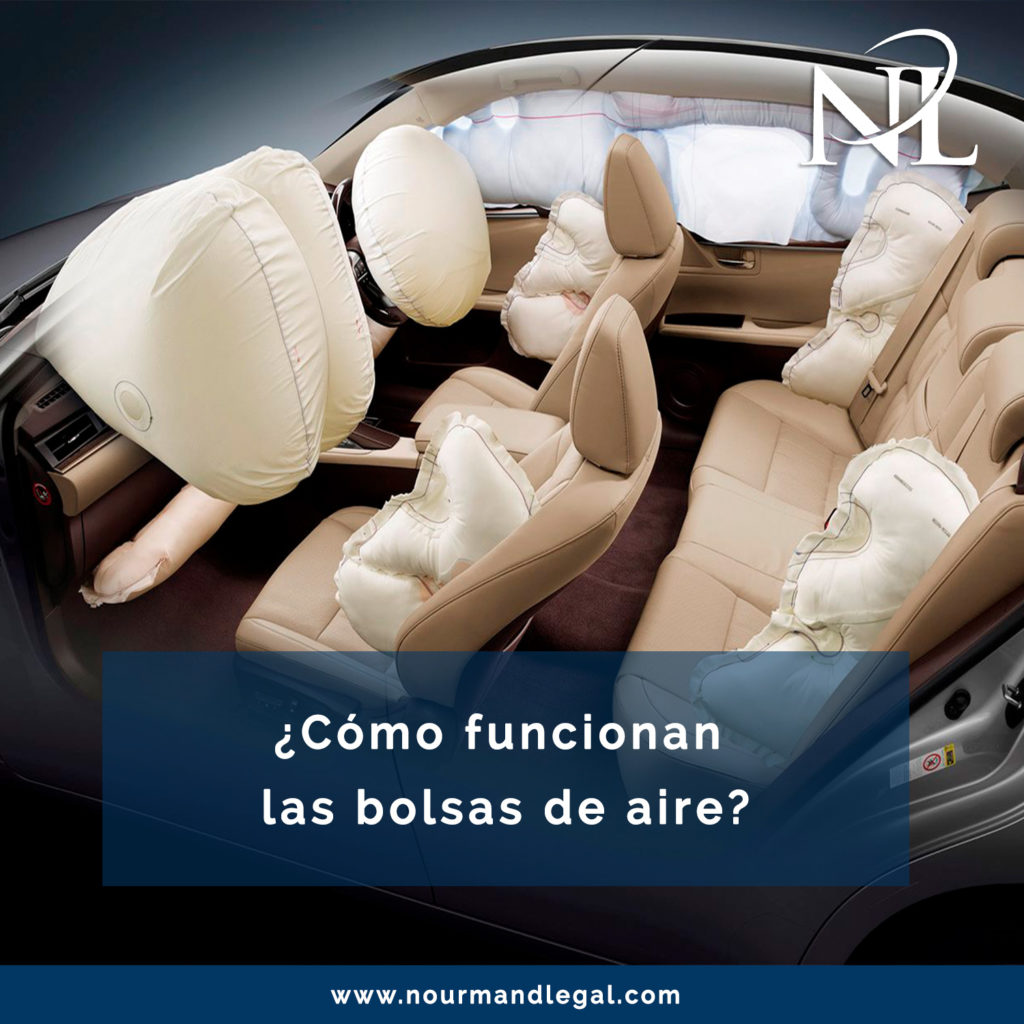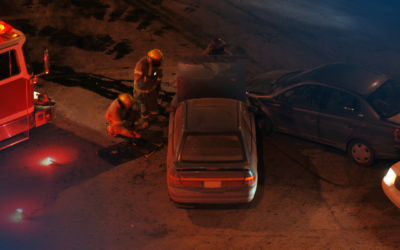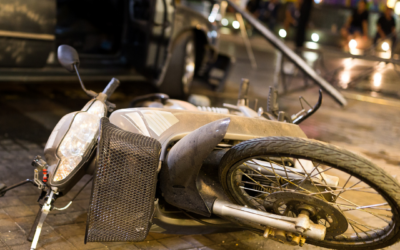How do airbags work?
Airbags were originally patented by the Mercedes Benz car brand in 1971, after five years of research, development, and extensive testing of the system. That’s right! They are older than we imagined.
These wonderful airbags are estimated to reduce a person’s chances of dying by 30%, considering a frontal collision.
Let’s see how this security device works. Imagine that you are driving and that your car is going at a stable speed. In an instant, another vehicle collides with yours, drastically changing its speed.
Now imagine that, in those few seconds, you are thrown directly against the wheel with impressive force. The function of airbags is to protect you from that blow in the shortest possible time. This means that airbags have a vital job to do in a very, very short time.
When there is a collision, the driver’s body is thrown forward, propelled by the impact, and the airbags have to slow the driver’s speed down to zero in seconds while doing as little damage as possible.
The airbag system is mainly made up of three parts:
1- Bags that are folded inside the front steering wheel, dash, and passenger side. They are made of very thin nylon fabric, ready to inflate at any time.
2- Shock devices and sensors that register when a crash occurs and warn the bag that it is time to inflate. These devices are located inside the vehicle.
3- The inflation device that starts a chemical reaction to inflate the airbag. Here we find a mixture of sodium acid that, together with potassium nitrate, produces nitrogen. It is precisely this burst of nitrogen that causes the airbag to inflate immediately. That’s right; it is inflated through an explosion that goes at a speed of 300 km per hour. The bag also has small holes, through which the gas comes out seconds later, allowing the person to move.
Now we can also find airbags that lower from the roof of the car to protect the driver’s head and side bags to protect the thorax.



